Important Events That Happened In 1967
Today, 1967 is often remembered as the year in which the fabled Summer of Love took place — and while this is undoubtedly true, it does a disservice to the many other things that took place during this impactful year.
In the U.S., it was a year in which judicial progress was made, and also a year in which tensions in the nation’s cities boiled over and resulted in clashes with police. Meanwhile, elsewhere in the world, geopolitical events conspired to shake up and shape the modern world.
Chaos erupted in the Middle East.
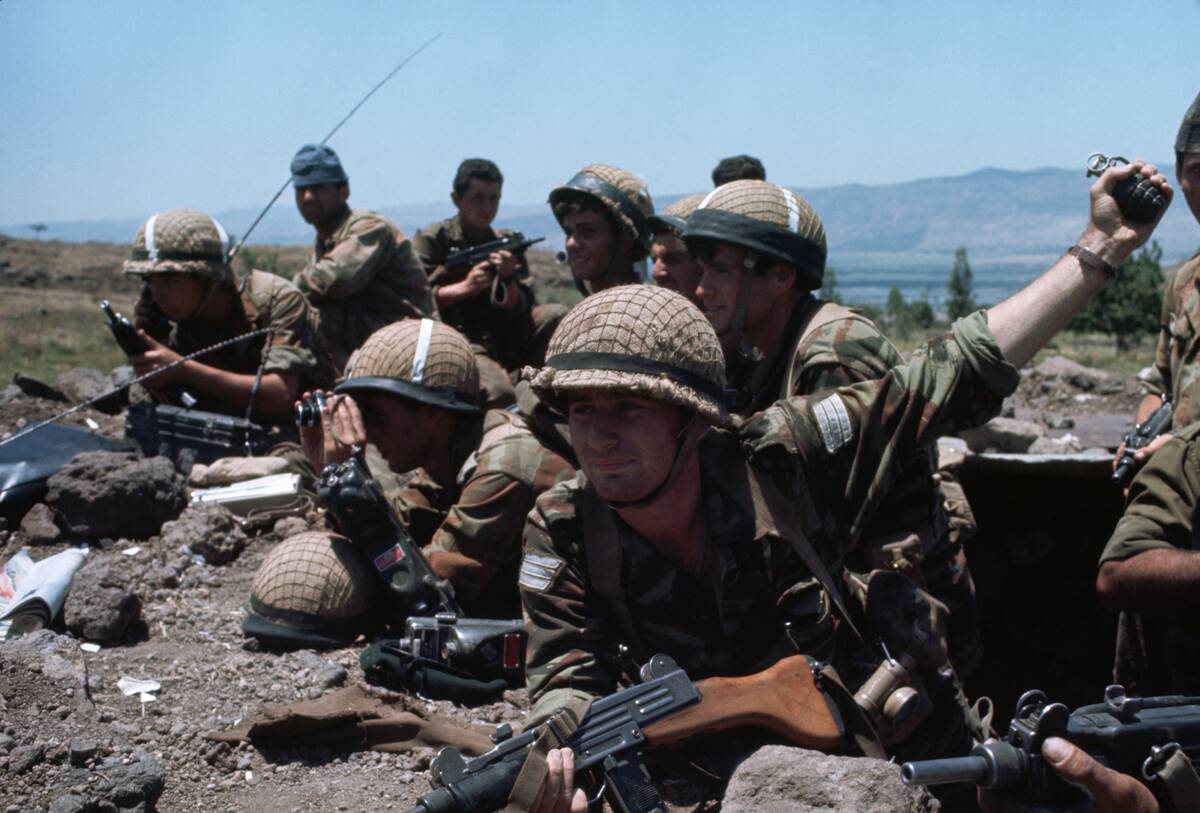
Tensions had been building between Israel and its neighboring countries, which included Egypt, Syria, and Jordan, for some time when, on June 5th, Israel launched a pre-emptive airstrike to retaliate against Egypt’s blockade of Israeli shipping routes.
During the six days of the Six Day War, Israel captured the Sinai Peninsula, Gaza Strip, West Bank, East Jerusalem, and the Golan Heights from its neighbors — a swift and decisive victory that dramatically reshaped the region’s map and, in turn, fuelled further conflict.
The Super Bowl era began.
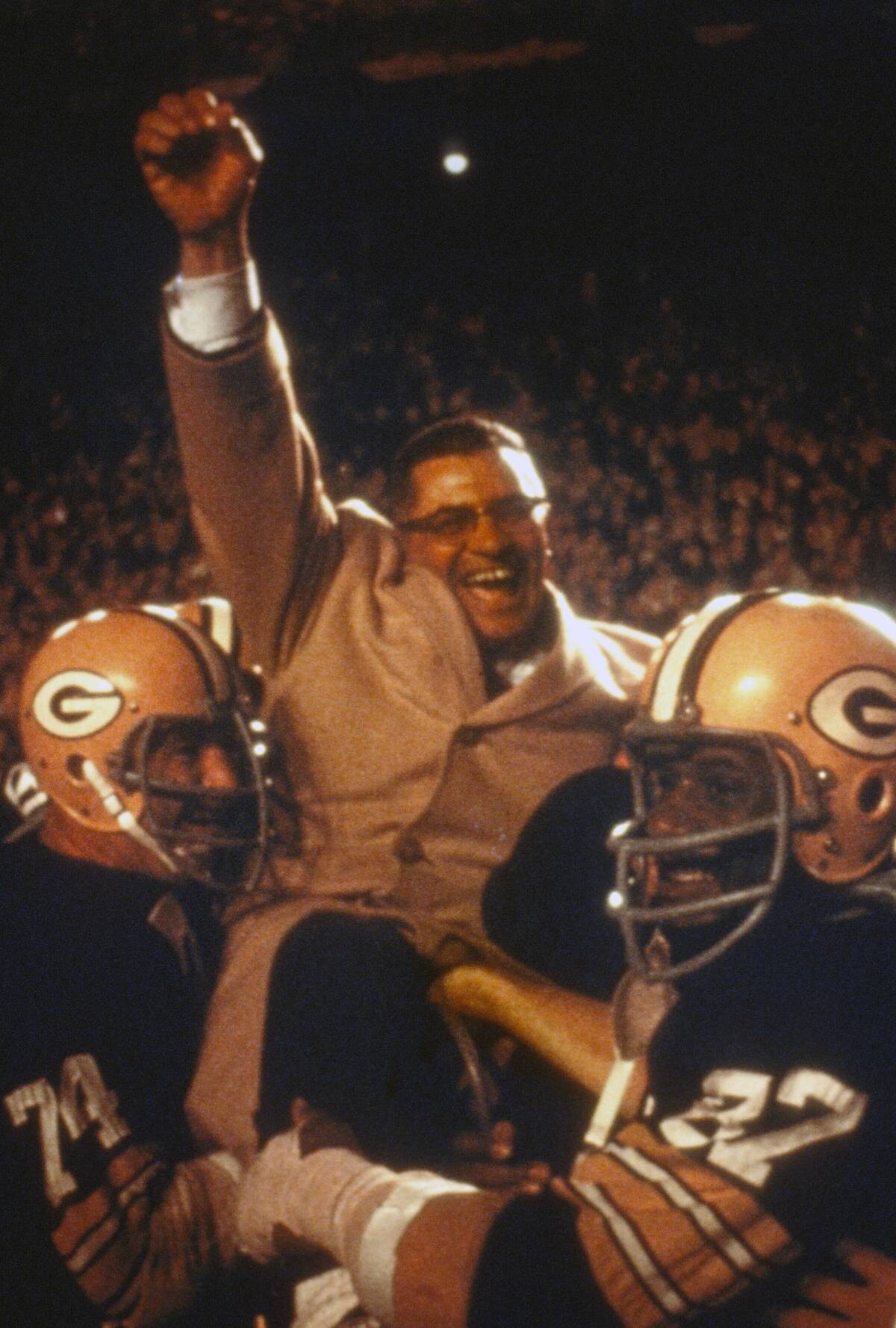
The first AFL-NFL World Championship Game was held in January and pitted the winners of the National Football League against the winners of the American Football League. The game would eventually be renamed the Super Bowl and would be an NFL-only championship following the AFL’s merger with the NFL.
The game, retroactively named Super Bowl I, pitted the NFL’s Green Bay Packers against the AFL’s Kansas City Chiefs at the Los Angeles Memorial Coliseum. Vince Lombardi’s Packers prevailed over the Chiefs, 35-10.
The Supreme Court made an interracial marriage ruling.
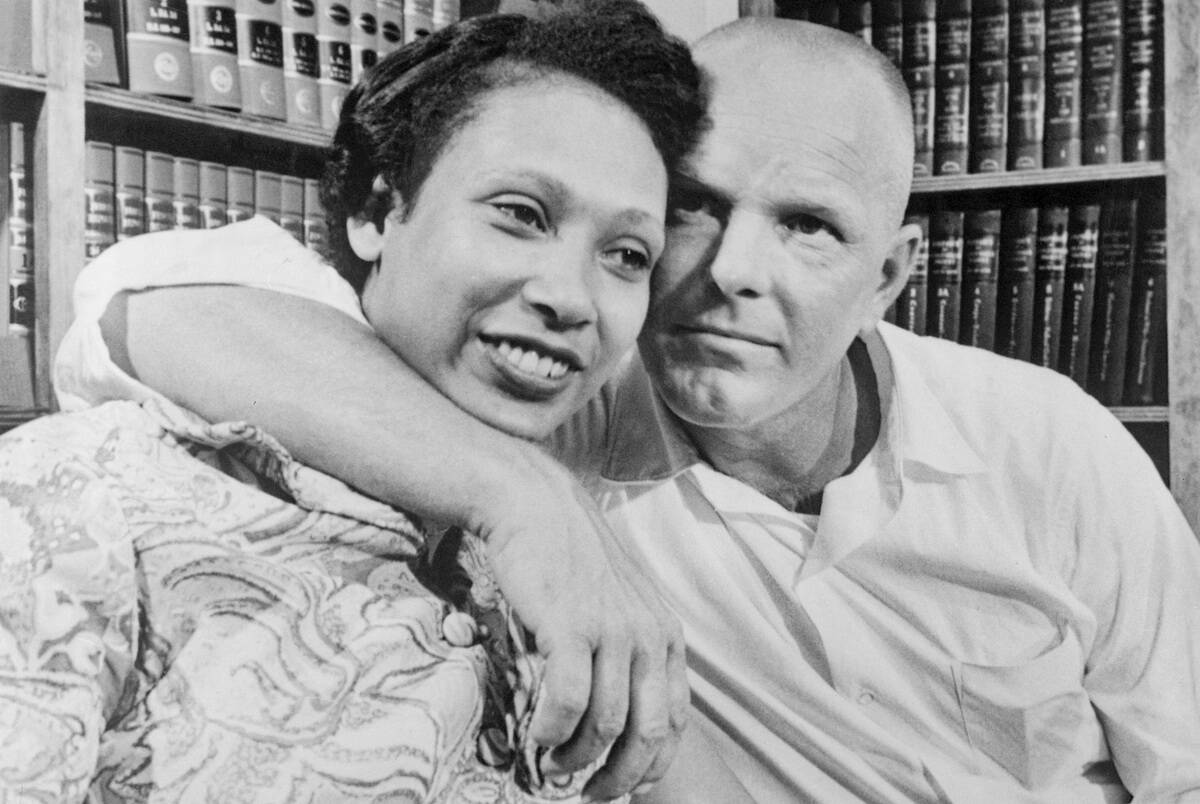
The case of Loving v. Virginia was brought to the U.S. Supreme Court by Richard and Mildred Loving, a couple who’d been sentenced to a year in prison in Virginia simply because they were in an interracial marriage.
The nation’s top court sided with the Lovings, with Chief Justice Earl Warren affirming their freedom to get married. The decision, in turn, made invalid the law in not only Virginia, but also in 16 other states.
Thurgood Marshall made history.
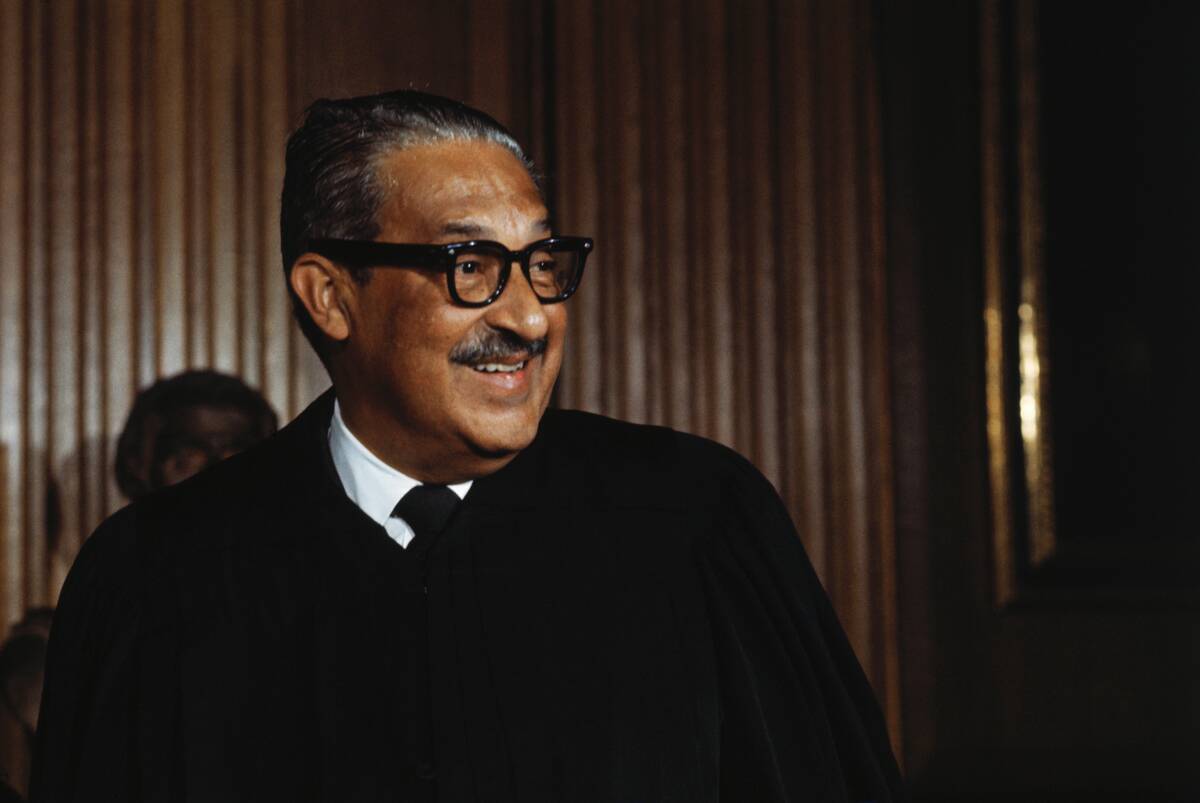
Another significant Supreme Court milestone took place in 1967 — but this time, it wasn’t about a specific case but pertained to Thurgood Marshall, who was nominated by President Lyndon B. Johnson to become the first Black member of the court.
It was a major sign of progress at the height of the Civil Rights era, and Marshall went on to distinguish himself during his 24 years in the position. He consistently ruled in favor of individual rights, civil liberties, and social justice.
The Summer of Love defined an era.
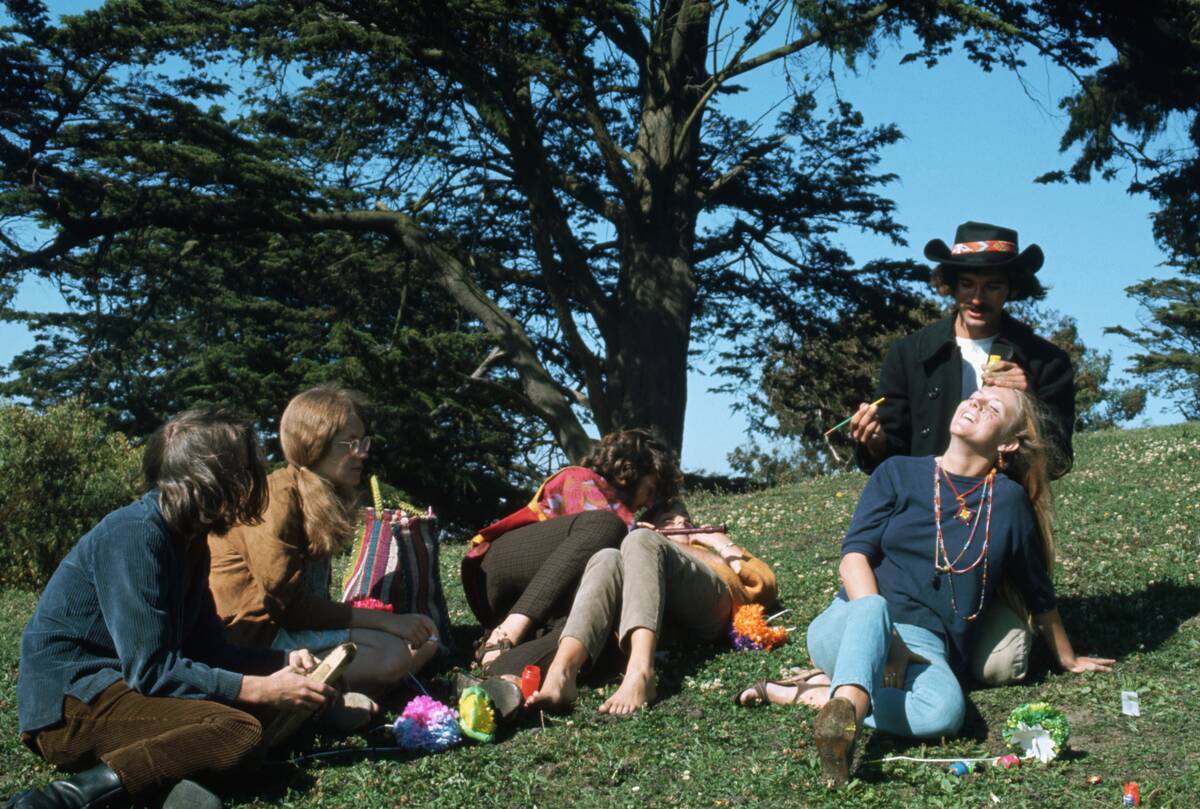
The near-mythical Summer of Love was centered around San Francisco’s Haight-Ashbury district, where tens of thousands of young people converged on the area in search of peace, love, and communal living.
It could be argued that the Summer of Love was the first time that the hippie counterculture attracted mainstream attention, as it was simply impossible to ignore the psychedelic scene that was taking place in San Francisco during the summer of 1967.
Civil unrest erupted in Detroit.
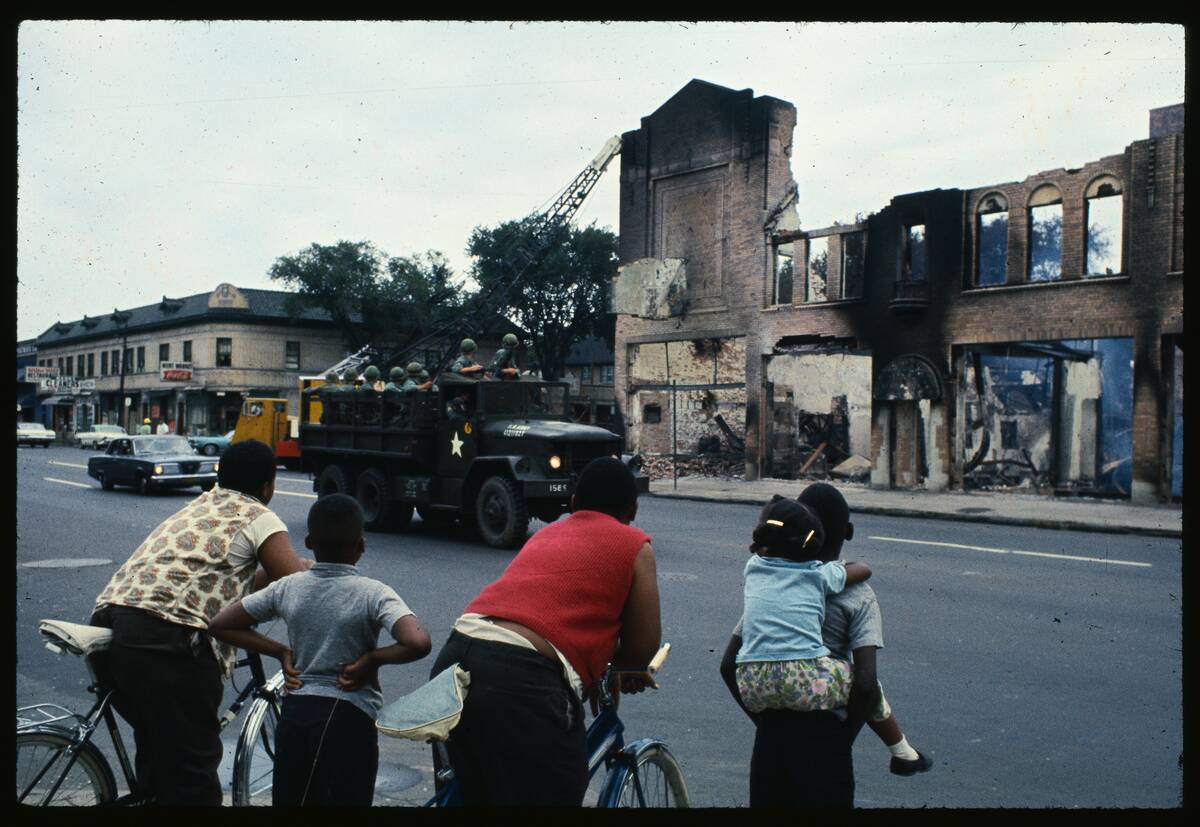
Even in an era that was full of inner-city riots, the 1967 Detroit Riot — also known as the 12th Street Riot — stands out for its violence and destruction. It was sparked by a police raid on an unlicensed bar in a predominantly Black neighborhood in Detroit and erupted into five days of widespread rioting.
The National Guard and U.S. Army were brought in to quell the unrest, and when the smoke had cleared, 43 people had been killed, more than a thousand injured, and over 7,000 arrested. It was a flashpoint that brought renewed attention to racial inequality, housing discrimination, and police brutality.
The first human heart transplant took place.
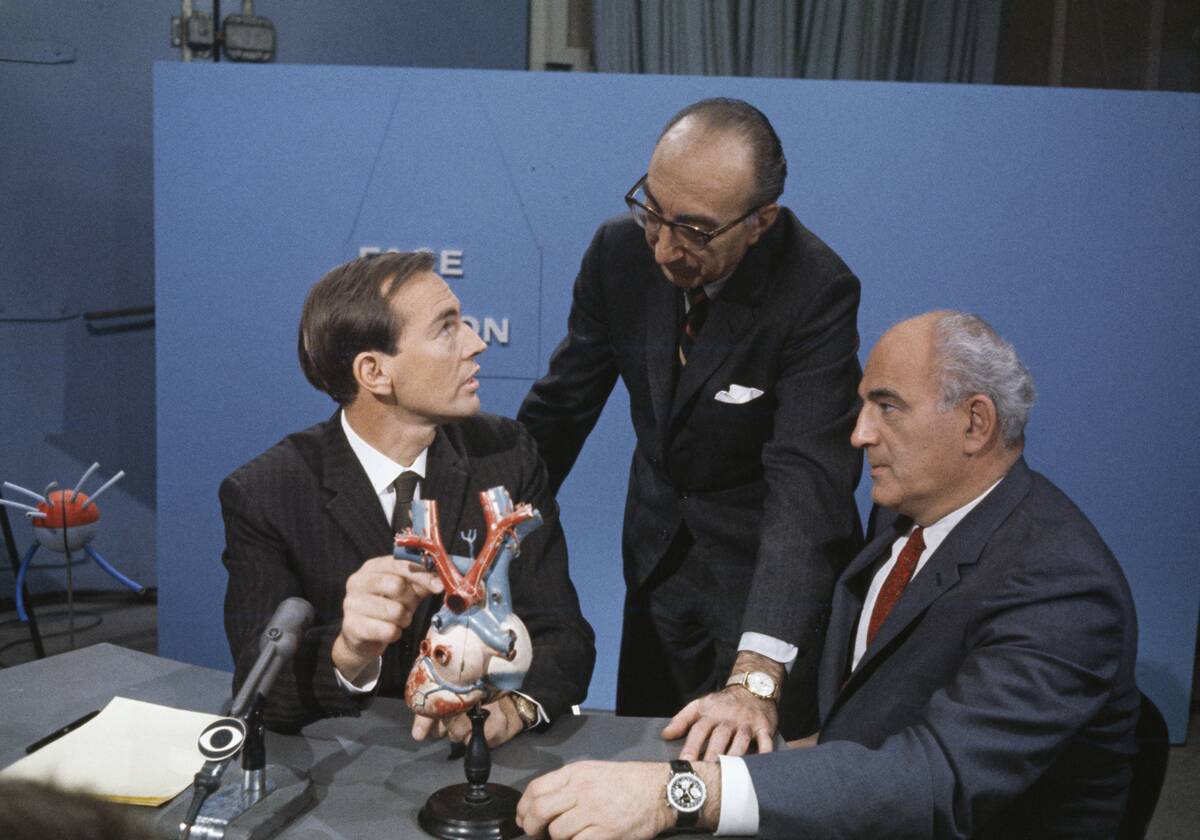
The prospect of transplanting a heart from one human to another had seemed like science fiction at one time, but on December 3rd, South African surgeon Dr. Christiaan Barnard performed the first successful human heart transplant at Cape Town’s Groote Schuur Hospital.
While the recipient of the heart lived only 18 more days due to pneumonia caused by immunosuppressive medications, the operation demonstrated that complex organ transplantation was technically possible, which in turn paved the way for further breakthroughs in the years to come.
Vietnam continued to escalate.
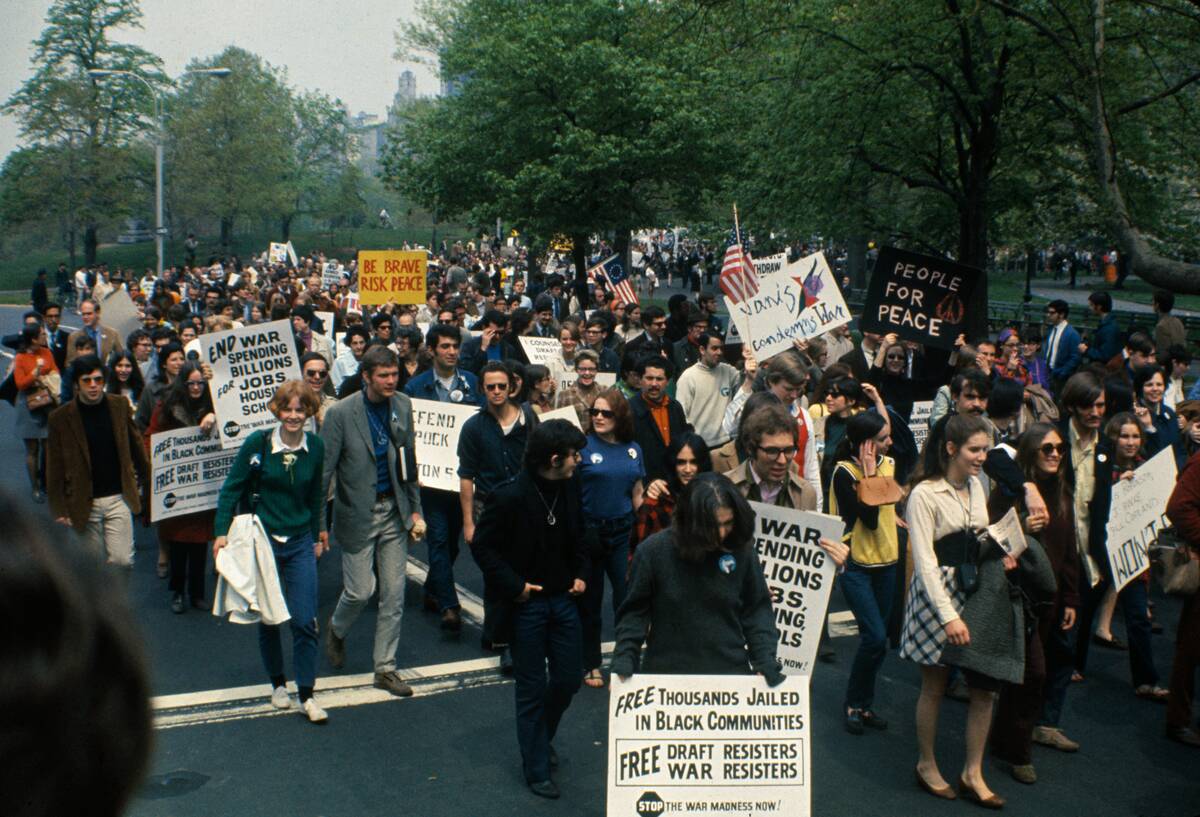
By 1967, over 400,000 American troops were deployed in Vietnam. Major U.S. operations like Cedar Falls and Junction City were intended to weaken the enemy’s resolve, but resulted in little strategic gain and heavy losses.
This, combined with heavy (and unprecedented) media coverage, quickly soured the public on the war. Anti-war protests intensified, culminating in a massive demonstration that brought around 100,000 people to Washington, D.C. in October. It was during this time that college campuses also became a hotbed of anti-war sentiment.
Che Guevara was killed in Bolivia.
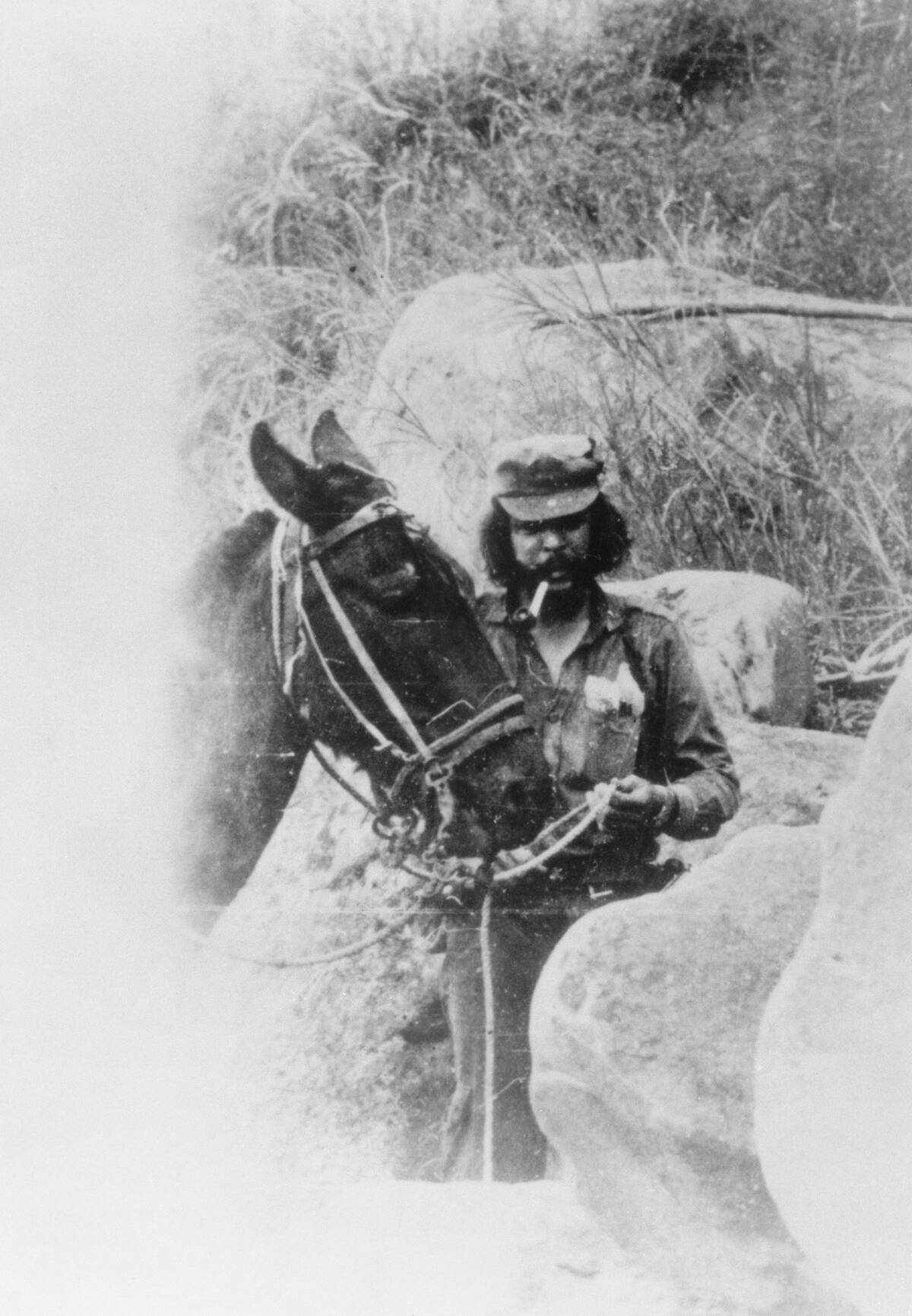
Argentine Marxist revolutionary Ernesto “Che” Guevara, who had helped Fidel Castro seize power in Cuba in the prior decade, was in Bolivia in 1967 to incite another guerilla uprising.
Guevara’s mission failed due to poor support and CIA-backed Bolivian forces, and he was captured and subsequently executed in October. While his death was a major blow to Marxist revolutionary activity in Latin America, it also elevated Guevara into an icon figure, one who’s revered to this day.
The Beatles got trippy with Sgt. Pepper.
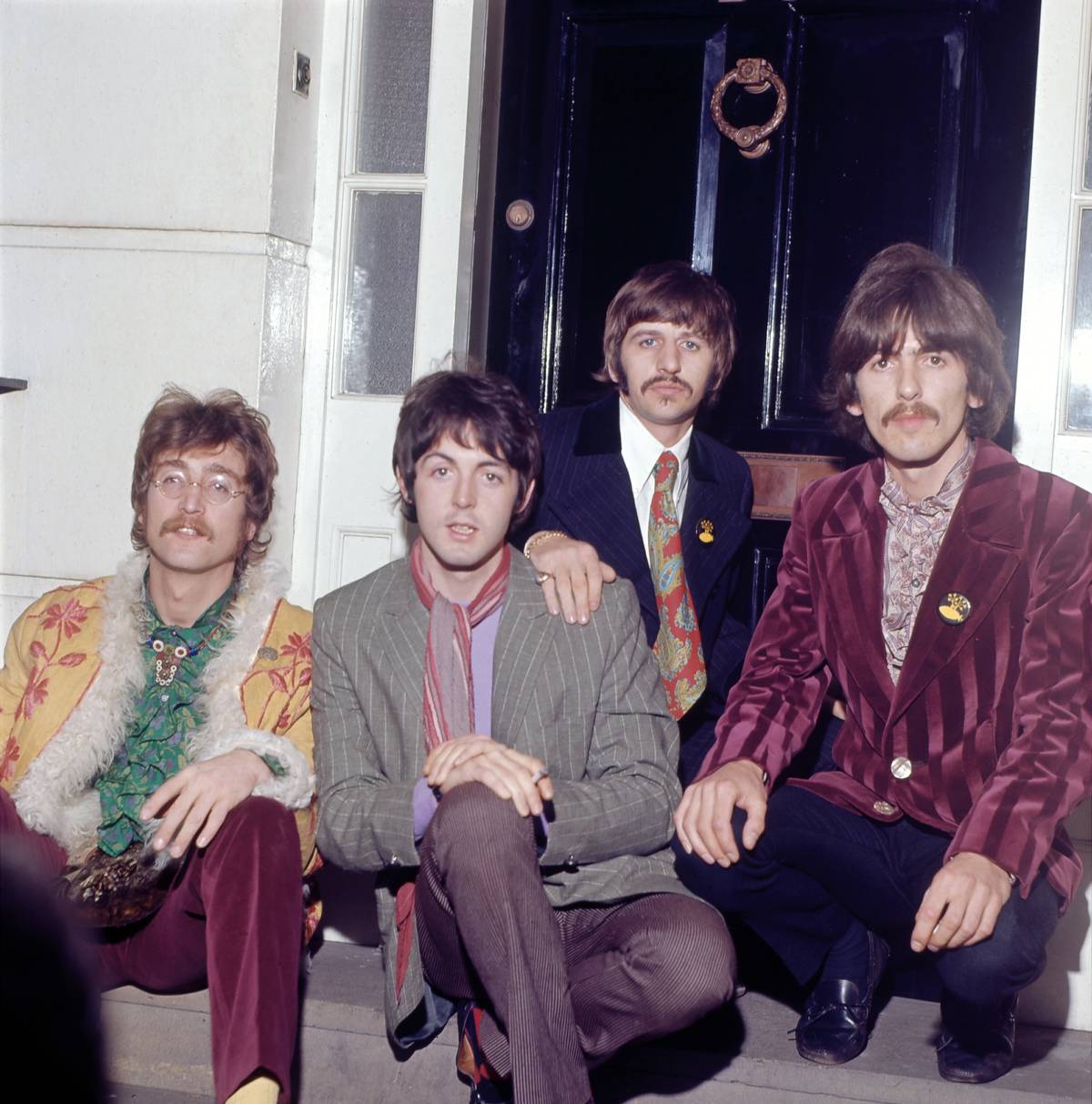
The Beatles continued to experiment with their sound throughout the ’60s, and their eighth studio album, Sgt. Pepper’s Lonely Hearts Club Band was their most out-there record to date.
A loosely-formed concept album that was far more experimental than almost any contemporary mainstream release, the album was not just an influential artistic achievement, it was also full of iconic hits like “Lucy in the Sky with Diamonds,” “A Day in the Life,” and “With a Little Help from My Friends.”
NASA lost three astronauts.
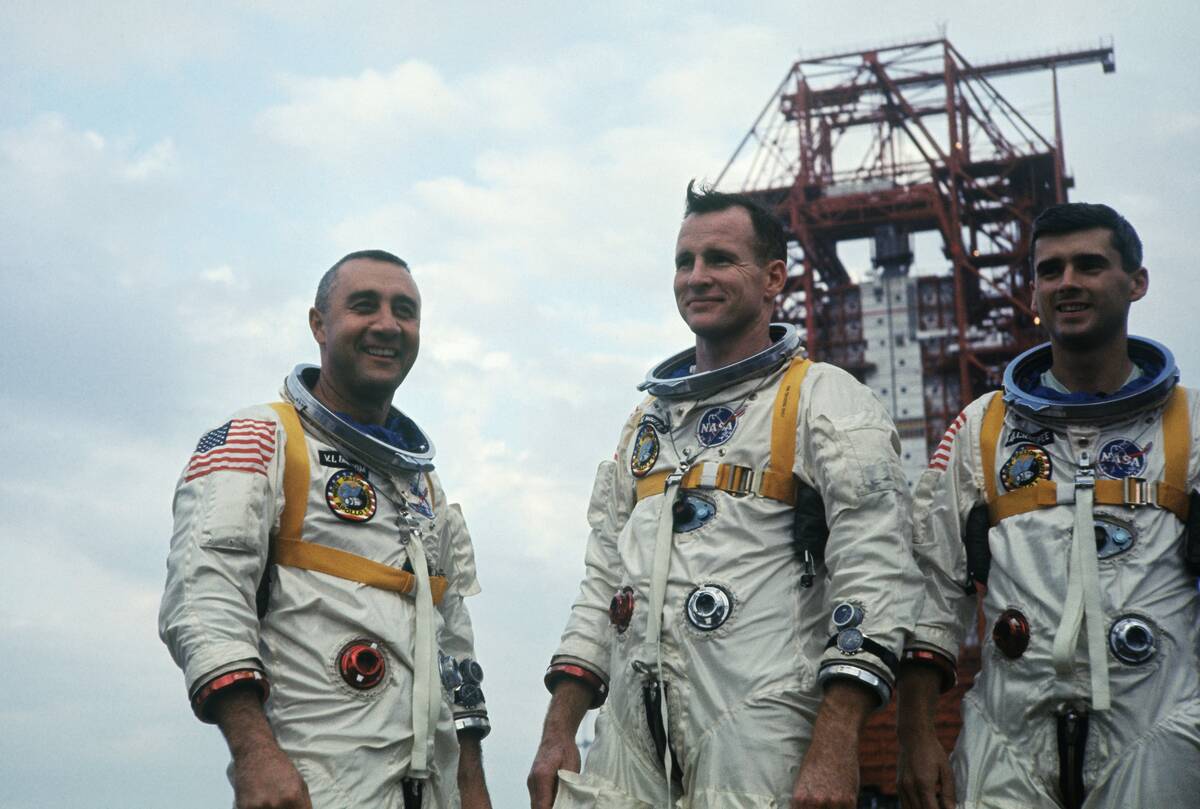
At the height of the space race, NASA suffered a massive setback in January when astronauts Gus Grissom, Ed White, and Roger Chaffee were killed in a fire during a test of the Apollo 1 spacecraft.
The disaster shocked the nation and prompted NASA to halt manned spaceflight for 20 months while it worked on the safety protocols that had contributed to the fire. While it was a devastating and tragic event, it ultimately strengthened the space program and paved the way for future Apollo missions, including the 1969 moon landing.
The Monterey Pop Festival was a big showcase.
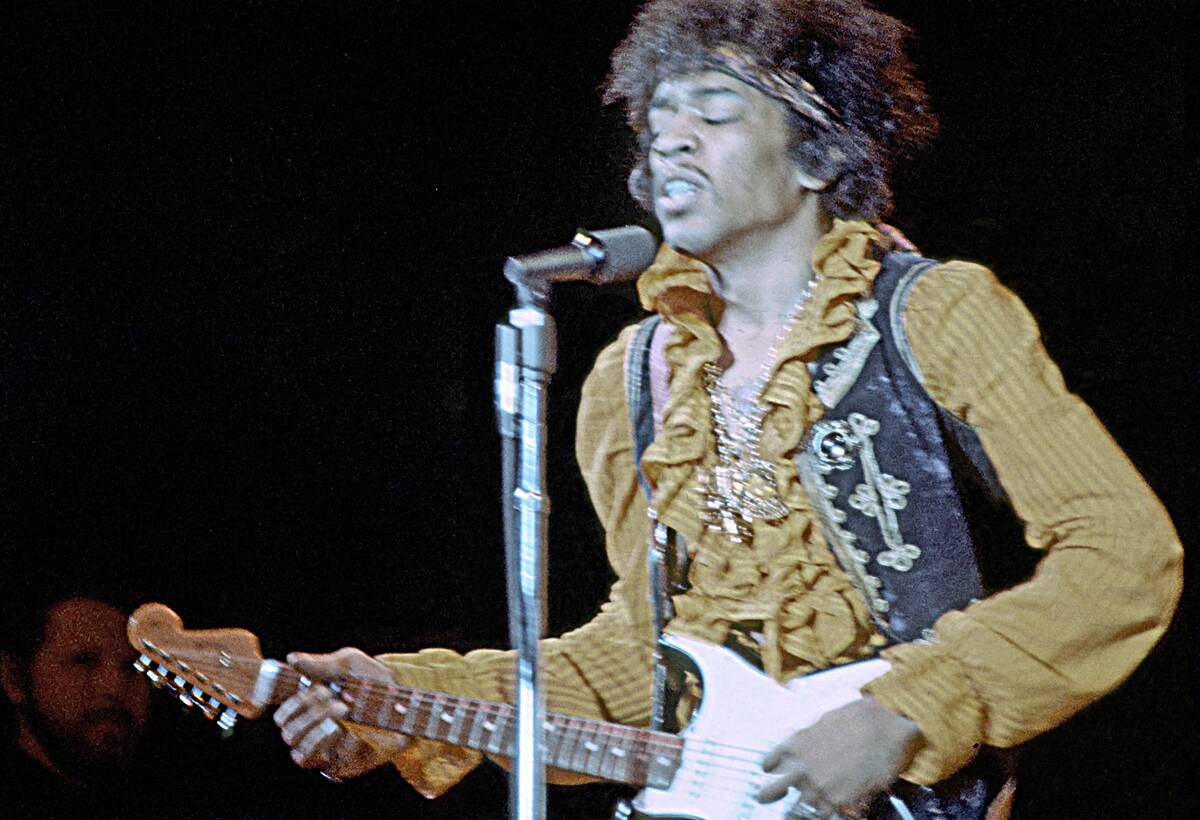
Before Woodstock, the Monterey Pop Festival of June 1967 was seen as the biggest music festival of all time. Producer Lou Adler and musician John Phillips organized the event, which showcased a range of young and upcoming artists, including Janis Joplin, The Who, and Jimi Hendrix — all of whom became icons in the years to follow.
The festival drew in about 50,000 attendees and was memorable for its peaceful, anti-commercial atmosphere. In many ways, it helped to shape the youth culture of the era and could be seen as the prototype for Woodstock.
China intensified its Cultural Revolution.
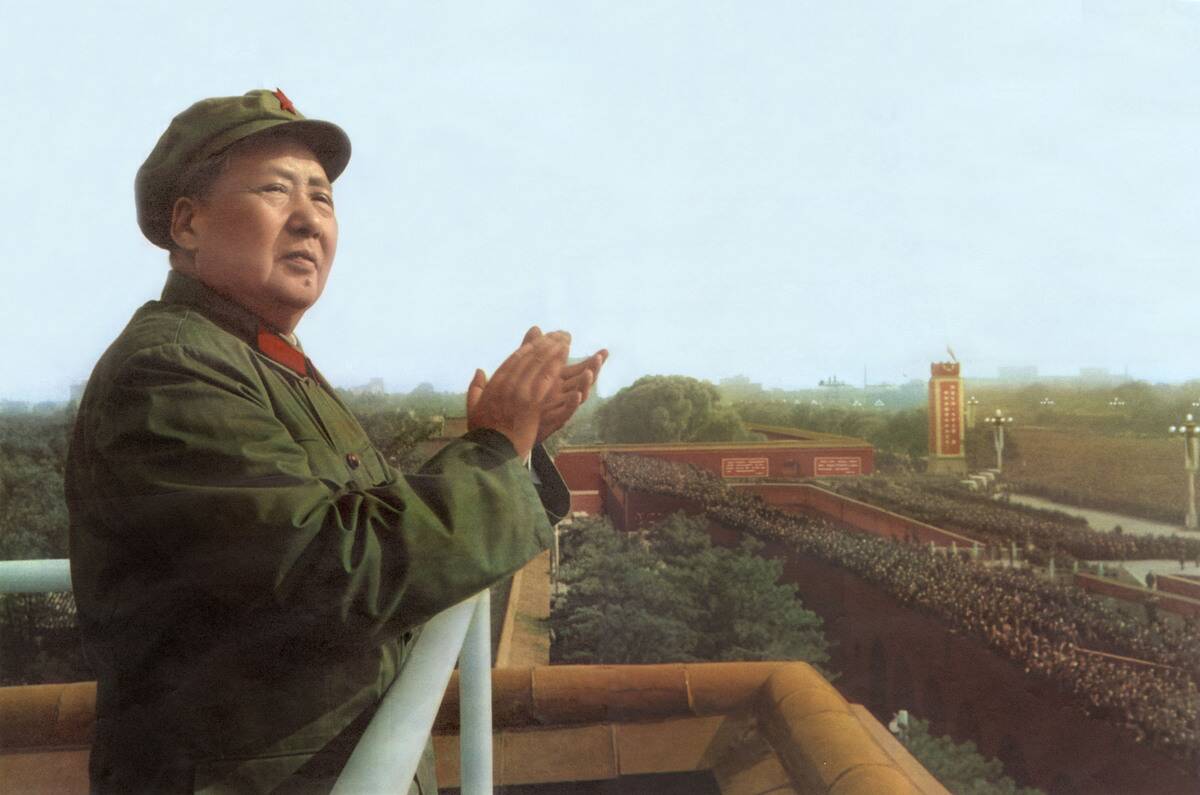
Chairman Mao Zedong launched China’s Cultural Revolution in 1966, and by 1967, it had reached a chaotic and increasingly violent stage as Mao worked to assert his ideological control and purge the “bourgeois” elements of Chinese society.
Schools and universities were shut down, intellectuals were beaten or killed, and historical artifacts and cultural institutions were destroyed. Widespread rioting only added to the chaos. While the Cultural Revolution persisted into the 1970s, 1967 was likely its most violent year.
The space race resumed in earnest.
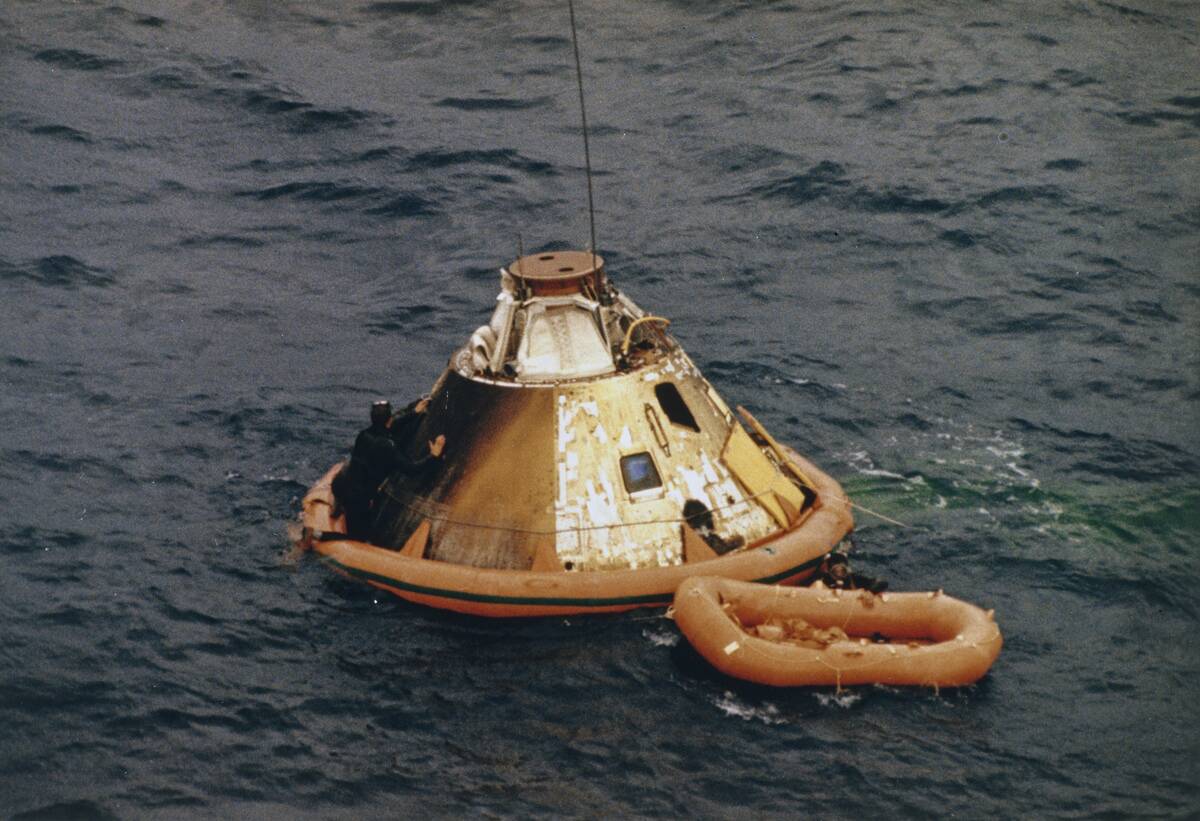
NASA took a break from sending astronauts to space following the Apollo 1 tragedy, but that doesn’t mean the space agency wasn’t innovating. While safety measures were worked on, NASA launched a series of uncrewed test flights to test rockets and spacecraft without posing a danger to astronauts.
As the space race heated up, the Outer Space Treaty was also co-signed in 1967 by the U.S., Soviet Union, and United Kingdom to ban the placement of nuclear weapons in space.
The Black Power movement experienced an upswing.
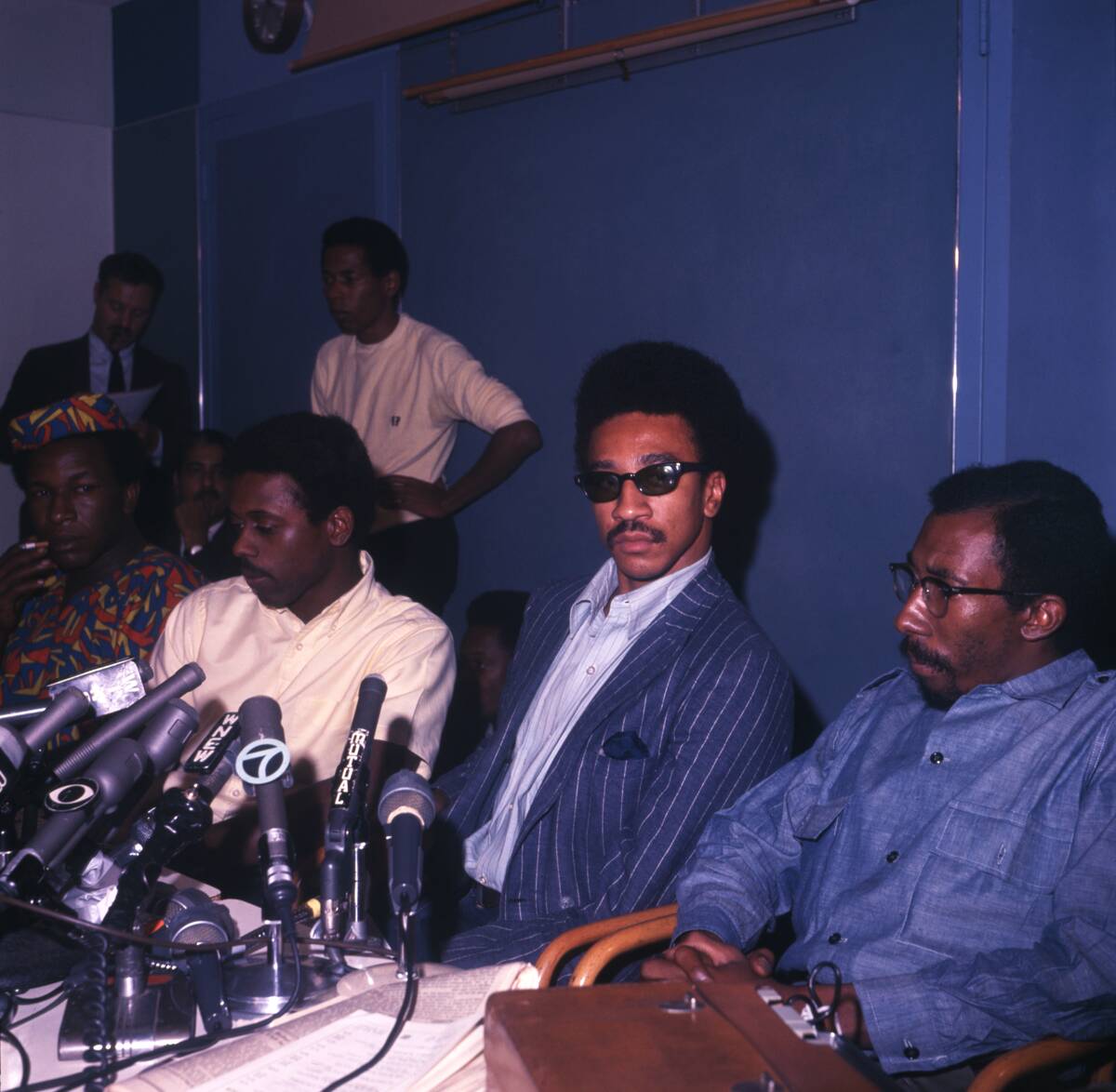
While Black activists had advocated for integration in the early ’60s, frustration at the slow pace of civil rights reforms and the 1966 founding of the Black Panther Party led to a shift towards radicalization.
In 1967, Black Panther activists and leaders like Stokely Carmichael popularized the term “Black Power,” calling for political and economic autonomy rather than reliance on mainstream institutions. It was during this time that surveillance and suppression of Black activists by government agencies — most notably the FBI’s COINTELPRO initiative — intensified.




